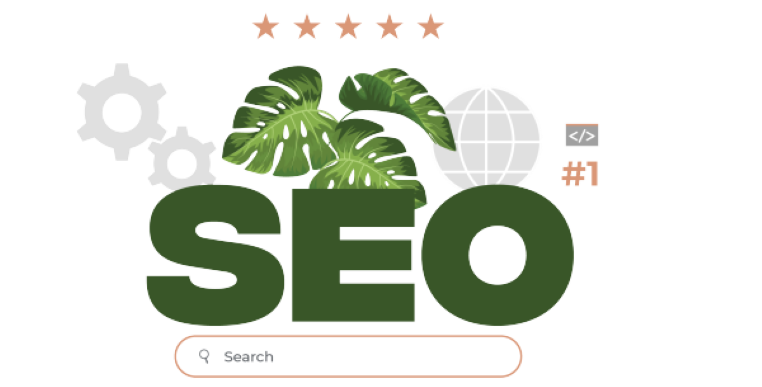Introduction
When it comes to branding, there are two main camps: product branding and corporate branding. But what’s the difference between the two, and which one is right for your business? Let us discuss about balanced branding.
Product branding is all about identifying and differentiating your product in the market. It focuses on creating a unique identity for your product and making sure that consumers know what it is and what it stands for.
Corporate branding, on the other hand, is all about building a positive image for your company as a whole. It focuses on developing a strong company identity and creating a positive reputation for your business. So which one is right for you? Well, that depends on what you’re looking to achieve.
If you’re looking to create a strong connection with your customers and build loyalty to your product, then product branding is the way to go. But if you’re looking to create a strong connection with your customers and build loyalty to your company, then corporate branding is the way to go.
What Is the Difference Between Product and Corporate Branding?
When you’re crafting your branding strategy, it’s important to understand the difference between product and corporate branding.
Product branding is all about creating a unique identity for a specific product. It’s what helps consumers distinguish your product from the competition. Corporate branding, on the other hand, is about developing a recognizable and trustworthy identity for your company as a whole.
If you want to be successful, you need to focus on both product and corporate branding. But it’s important to remember that they are two separate entities, and they should be treated as su-+ch. When you’re planning your branding strategy, make sure to allocate enough time and resources to each aspect of branding. And most importantly, make sure that the messaging across all of your branding collateral is consistent and cohesive.
Factors to Consider When Developing Product and Corporate Branding Strategies
There are a few factors you’ll want to keep in mind when developing your product and corporate branding strategies.
Your product branding should be unique and consistent with your company’s overall brand message. It should be memorable, so customers will easily be able to identify your products on the shelf. And finally, it should be authentic—meaning it genuinely reflects your company’s values and who you are as a business.
Corporate branding is also important, and should be reflective of the same values as your product branding. However, it’s also important to create a separate identity for your company that stands out from the competition. This can be done through your company’s name, logo, marketing materials, and even website design.
When done correctly, product and corporate branding can create a powerful and unified message that will help you attract more customers and grow your business.
Tips to Create Engaging Visuals for Brand Promotion
Now that you know the difference between product branding and corporate branding, it’s time to start crafting an impactful message for your brand promotion! Here are a few tips to create engaging visuals that will grab attention and leave a lasting impression:
1. Use high-quality visuals. Whether you’re using photos, illustrations, or videos, make sure they’re of the highest quality. This will show that you’re serious about your brand and that you’re willing to invest in its promotion.
2. Keep it consistent. Use the same visual style throughout all your marketing materials. This will help create a cohesive look for your brand that will be easily recognizable.
3. Be creative. Think outside the box and come up with visuals that are unique and attention-grabbing. This is your chance to really make your mark and stand out from the competition.
4. Tell a story. Use your visuals to tell a story about your brand, product, or service. This will help customers connect with your brand on a personal level and remember it long after they’ve seen it.
Why Consistency Is Key in Product and Corporate Branding
Now that you understand the difference between product branding and corporate branding, it’s time to start thinking about how you can craft a consistent message across both. After all, consistency is key when it comes to branding!
One of the best ways to ensure consistency is to develop a brand style guide. This document should outline everything from your brand’s voice and tone to your logo usage and color palette. Once you have a style guide in place, be sure to share it with everyone on your team so that everyone is on the same page.
Another way to maintain consistency is to keep your branding strategy top of mind at all times. As you develop marketing materials, create social media content, or even just write emails, always ask yourself how your actions can support your brand. By making branding a priority, you’ll be able to craft a consistent message that will resonate with your audience.
Measuring the Success of Your Product and Corporate Branding Efforts
Measuring the success of your product and corporate branding efforts is essential to determine whether you’re on the right track. Are customers responding positively to your brand? Is your target audience engaged with your messaging?
There are a number of ways to measure the success of your branding efforts. One way is to track sales data over time. Another is to keep tabs on web traffic and social media engagement. You can also survey customers to get their feedback on your brand.
Whatever method you choose, make sure you’re tracking your progress so you can see how your product and corporate branding efforts are paying off.





